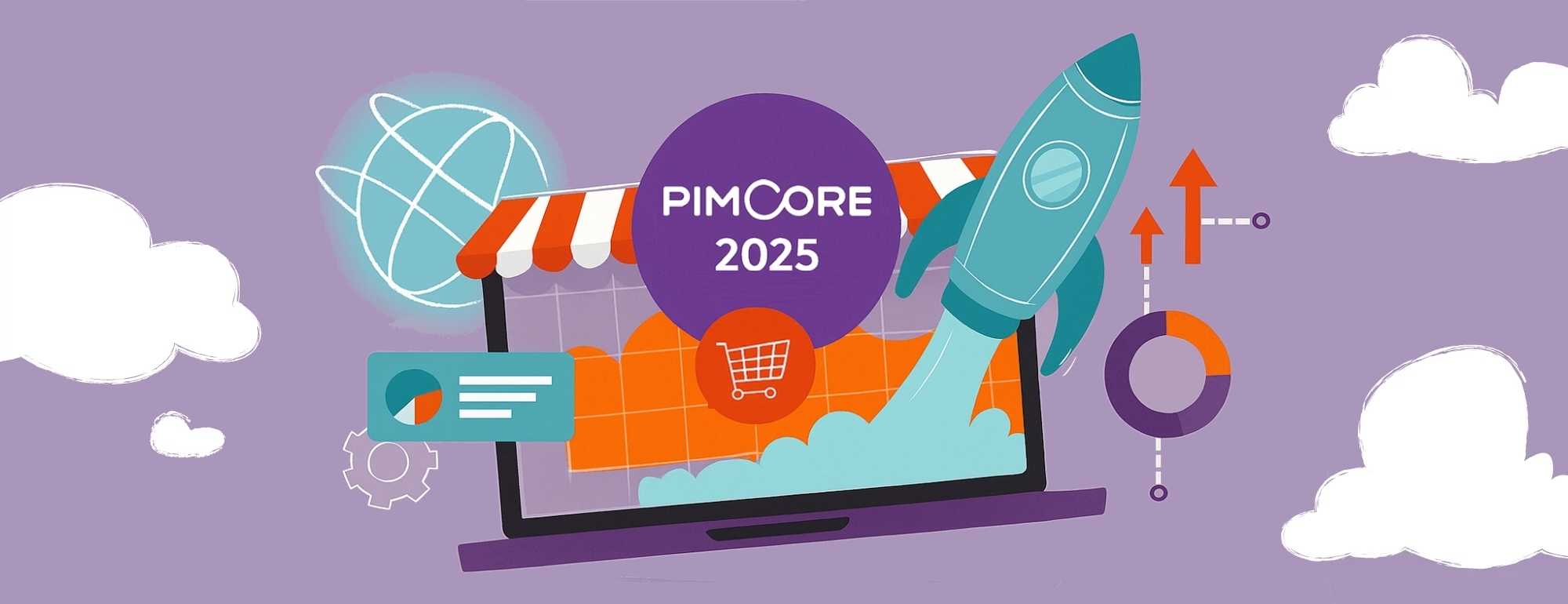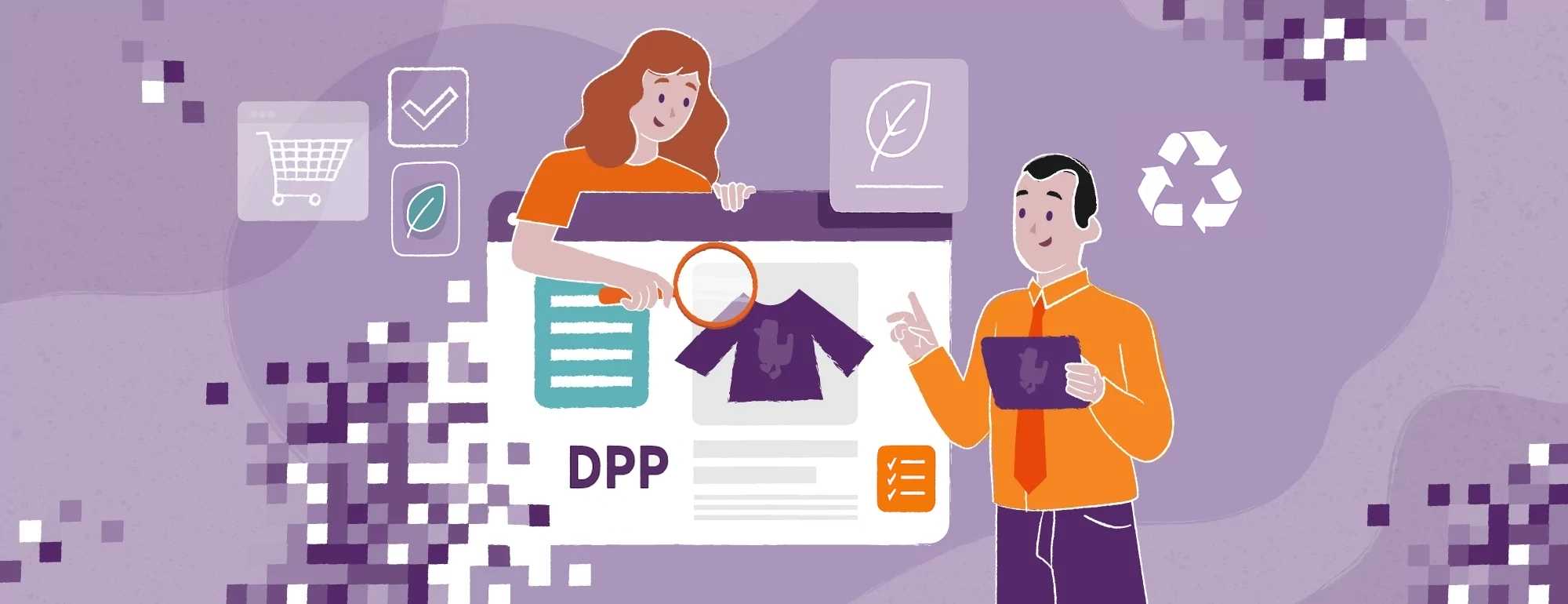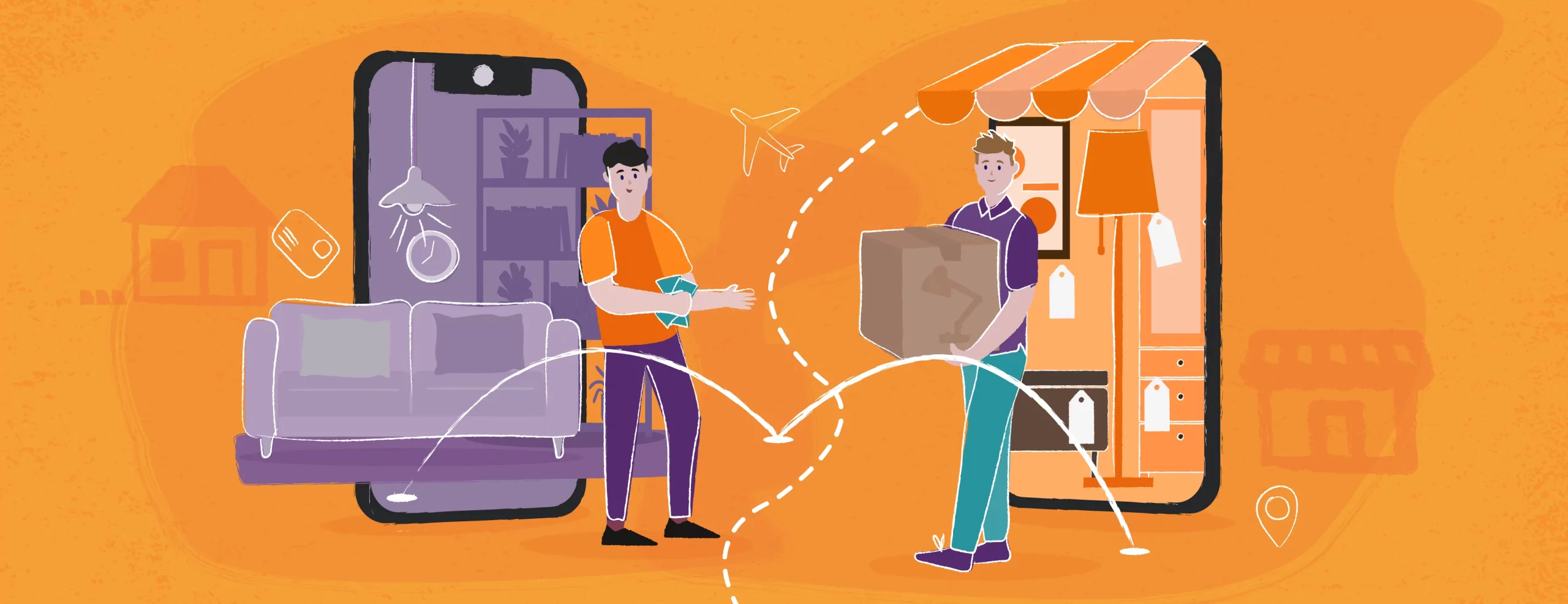Black Week, Sales and Fairs in Online Stores. 6 Tips on How to Prepare for Shopping Madness
Black Friday, Cyber Monday, big discounts, sales before and after Christmas, very low prices and attractive promotions – soon all these announcements will encourage customers to storm the shelves, including those online. How to prepare for increased shopping traffic in online stores to avoid problems and generate high profits in your business?
Why are so many customers waiting impatiently for this special moment of the year when they can do their shopping at low prices and with added benefits? The answer seems simple – everyone loves sales, and the cheaper we can get the things we are interested in, the more willing we are to buy them. It’s worth remembering that during Black Friday, at markets and sales, shoppers are guided by their instincts and emotions, acting like hunters seeking a unique opportunity – and when they find it, they feel great satisfaction. For this reason, every element, even the most minor, that can spoil this experience should be anticipated in advance by e-commerce managers and removed so that satisfied customers return to the online store after the promotional campaigns are finished.
From the point of view of retailers, Black Friday and sales are among the most important events on the promotion calendar. During Black Friday, online shops generate huge profits – sometimes as much as 1/3 of the year’s revenue! What makes it easier to take the decision to buy during this time is to emphasize the uniqueness of the offer, as well as limitations on time and quantity. Shoppers should know that if they don’t decide to buy quickly, their dream product at an exceptionally low price will be lost.
Large sales campaigns are also an ideal moment to dispose of overstock and free up space for new product. It is one of the few occasions when a company selling wares at a large discount can cover the costs of its purchase and solve problems with warehousing, which is very expensive. With this in mind, the sales department can simultaneously solve the problem of space for new offers and smoothly accept new orders without the need to acquire additional storage space.
Let’s not forget that days like Black Friday and Cyber Monday are also a hot period in terms of the company’s image. When customers get through the sales process smoothly and with satisfaction, they become our spokespeople among their friends. On the other hand, if they experience frustration, we can be sure that in the era of social media they will not only share this frustration with their friends, but also announce it to the whole world.
How to prepare for increased shopping traffic?
1. Plan and test.
Preparation done too late or not at all, or implementation of changes in the online store at the last minute will lead to a high chance of unexpected errors in the purchase process during promotional periods.
Examples:
- unsuitably responsive version of the platform that constitutes the main purchasing channel
- lack of preparation on the logistics side resulting in late or mistaken parcel delivery
Solution:
Plan all your sales campaigns well in advance. Before they kick off, perform appropriate tests in key areas – check the mobile version of the online store, or the condition of your logistics base (integration with courier companies, availability of multiple delivery and collection options for orders).
2. Provide appropriate support for Customer Service.
At peak times, hundreds or even thousands of customers will try to make a purchase, and a large percentage of them will want to ask about an offer, an order, or a shipment. This is an extremely important point of contact between the customer and the brand, which needs to be prepared and equipped with tools to facilitate work under time pressure.
Example:
- all inquiries from customers are sent to a single e-mail address without setting priorities among problems submitted by customers
Solution:
Provide tools and solutions to support the Customer Service department so that the most urgent problems reach its employees, and their resolution runs smoothly and satisfactorily for customers. It is also worth introducing mechanisms that will support customers at an earlier stage, thus only the most serious cases will be reported to the Customer Service department.
3. Check the purchasing process
The purchasing process can be too complicated, long and incomprehensible, causing many customers to abandon their shopping cart and go to the competition.
Examples:
- incomplete information about products and terms of purchase (warranty, returns)
- inappropriate product categorisation (product tree)
Solution:
Go through the customer journey and see which steps in your online store can generate customer dissatisfaction. Set up an appropriate product information management system so that each service or product is correctly described and the product data sheet covers all information. This will help you avoid additional queries from your customers and speed up the conversion process. Also, make sure your search engine and filters work by optimizing them to ensure fast and reliable operation. Auto-supplementing passwords, suggestions for the most popular queries and best-seller lists will help.
4. Test your discount codes.
When preparing for Black Friday, Cyber Monday or other campaigns, many online shops base their promotional activities on discount codes. Unfortunately, as it often turns out on the day of the sake – the codes either don’t work correctly or don’t work at all.
Examples:
- the discount code works only using capital letters
- the discount code wrongly calculates the discount
- the discount code has an incorrectly set expiration date
- the code is not in the database or has a limited number of uses
Solution:
Test, test, and test again! Ensure the consistency of promotional messages with their real operation – every percentage discount or additional possibility of free delivery to customers is crucial in the process of making a purchase decision.
5. Sort out your returns policy
A returns policy that isn’t transparent may be one of the main factors discouraging consumers from shopping. Unclear policies can affect customer confidence in our store, making it more difficult to make a purchase decision.
Examples:
- there is no information on how to return a product and under what conditions
- lack of information on the status of the complaint
- a very long complaint proces
Solution:
Check whether your online store is able to handle the expected volume of returns and complaints. If not, determine as early as possible in your customer journey what you can do to prevent returns and complaints. You will need clear return information and complaint forms.
6. Ensure high performance of your Internet platform
High performance by your platform under heavy traffic loads is a key element in the success of any major sales campaign and determines the success of a customer’s purchase.
Examples:
- the purchasing platform works too slowly or not at all
- errors occur during important aspects of the purchase process: order confirmation, payment, etc.
- when you refresh the page, products disappear from your shopping cart
Solution:
Do both overload and functional testing on the system. Also review the performance data that accompanied similar promotional campaigns. Based on this data, you will be able to estimate the traffic that the online store will handle on a daily basis. Testing and checking historical data will show you how to optimize the purchasing process. Very often, the solution to problems with platform performance is to move it to the cloud (e.g. Amazon Web Services, Microsoft Azure, Google Cloud Platform). Even if the application architecture is not designed to operate in an autoscalable environment, you can run the shop on much stronger servers for one day. It won’t ruin the budget, and it will increase the chance of success.
Case study from Unity Group
Unity Group boasts years of experience in preparing and supporting online stores during intensive promotional periods that generate high e-commerce traffic. One good example is our cooperation with the Wittchen brand. After a routine marketing campaign, the online store at wittchen.com was visited by an unexpectedly large number of customers, exceeding all previous campaigns, leading to problems with the efficiency of the store’s operations. Within an hour, the Unity Group’s administration team launched the Amazon Cloudfront service for the store, eliminating problems and achieving record sales results in a short period of time. The Unity Group team demonstrated its competence as a partner of AWS Partner Network specializing in the construction of e-commerce systems.







